
8 Amazing Foods to Substitute for Garlic
Discover 8 amazing foods to replace garlic, enhancing your dishes while maintaining health benefits and delightful flavors.
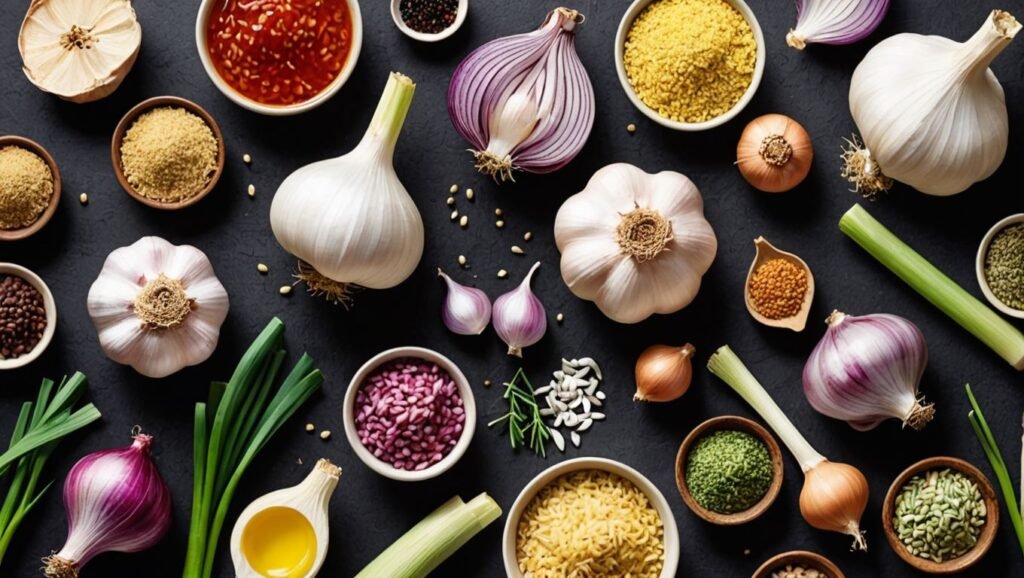
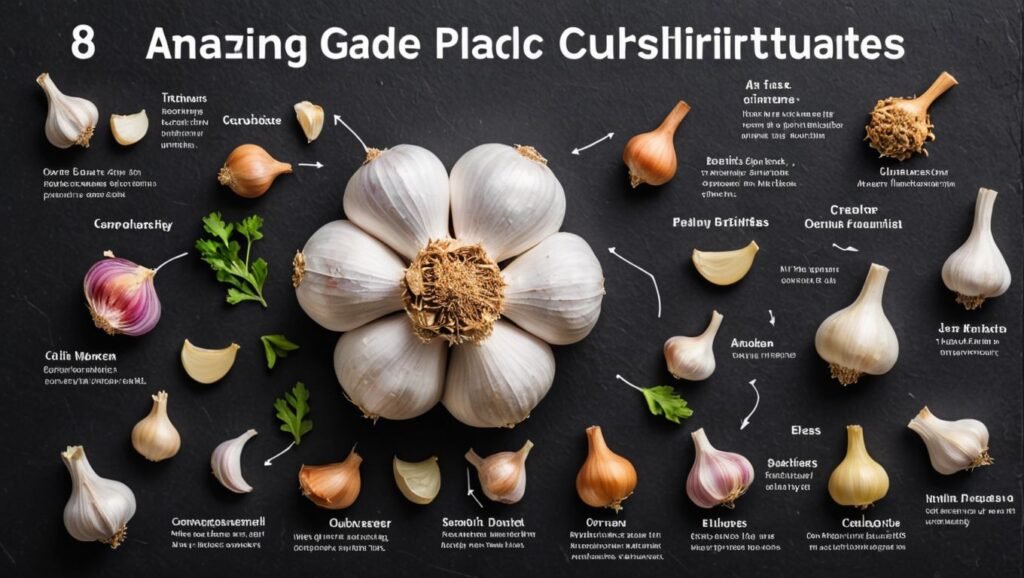
Introduction
Garlic is a beloved ingredient in many culinary traditions, known for its pungent flavor and numerous health benefits. However, there are various reasons one might seek substitutes for garlic, whether due to allergies, dietary restrictions, or simply a preference for milder flavors. This article explores eight amazing foods that can effectively replace garlic in cooking, providing insights into their flavor profiles, best uses, and culinary applications. By incorporating these amazing foods, you can maintain the richness and complexity that garlic typically provides while exploring new flavors.
Understanding the Role of Garlic in Cooking
Garlic serves not only as a flavor enhancer but also as a foundational ingredient in many dishes. It provides depth and complexity, elevating the taste of everything from sauces to roasted vegetables. In addition to its culinary uses, garlic is also celebrated for its health benefits, including anti-inflammatory properties and its ability to enhance immune function.
Many delicious dishes can be enhanced using these amazing foods instead of garlic, making your meals flavorful and satisfying.
It’s important to know how to utilize these amazing foods to achieve the desired flavor, providing an appealing alternative to garlic in various recipes.
When garlic is sautéed, it transforms its raw pungency into a sweet, caramelized flavor that complements other ingredients. This transformation is essential in a wide range of recipes, making garlic a staple in kitchens around the world. However, specific situations may call for alternatives that can deliver similar flavor profiles without the presence of garlic.
Reasons for Seeking Substitutes
People may look for garlic substitutes for several reasons. Allergies and intolerances are among the primary concerns, as some individuals cannot consume garlic without experiencing adverse reactions. Others may be following specific diets, such as the FODMAP diet, which restricts garlic due to its high fructan content.
Using amazing foods as substitutes for garlic allows for creativity in cooking while adhering to dietary preferences.
Moreover, some cooks might simply wish to explore new flavors or modify traditional recipes to suit their tastes. Whether for health reasons or personal preference, finding alternatives to garlic can enhance culinary creativity and accommodate various dietary needs.
These amazing foods can be incorporated in numerous ways to enhance your culinary creations, ensuring they remain flavorful and satisfying without garlic.
Utilizing these amazing foods allows you to explore new flavors that complement your favorite dishes while forgoing garlic.
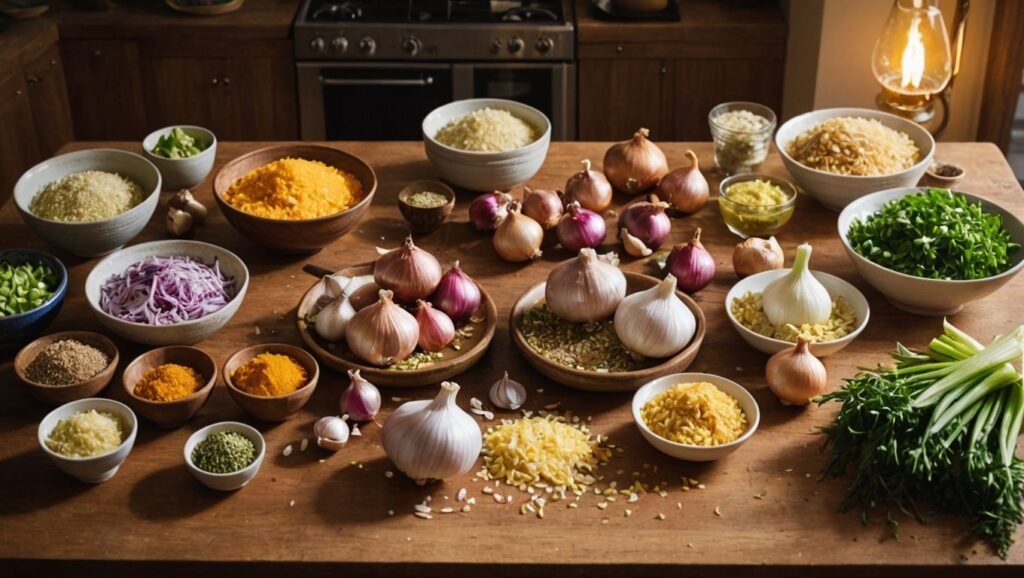
1. Shallots
Flavor Profile
Incorporating amazing foods into your dishes can elevate the taste while maintaining a health-conscious approach.
Shallots are often considered a milder alternative to garlic. They possess a unique blend of onion and garlic flavors, imparting a sweet and slightly tangy taste that can elevate many dishes. Their subtlety allows them to blend well with other ingredients without overpowering them.
There are many amazing foods that can serve as effective replacements for garlic, offering unique flavors and culinary experiences.
Exploring amazing foods gives you the chance to create dishes full of flavor, even without garlic’s distinctive taste.
When cooked, shallots caramelize beautifully, adding a richness to sauces and sautés similar to garlic. Their versatility makes them an ideal substitute in dressings, marinades, and cooked dishes.
Best Uses in Cooking
With amazing foods, you can bring forth a variety of flavors that enhance your meals and allow for a broader culinary exploration.
Shallots work exceptionally well in French cuisine, often used in vinaigrettes, sauces, and soups. They can be finely chopped and incorporated into a variety of dishes, including stir-fries, where their flavor can enhance the overall profile. Because of their softer taste, they are perfect in dishes where garlic would typically dominate.
Incorporating amazing foods into your cooking repertoire can lead to delightful discoveries and expanded flavor profiles.
Additionally, shallots are fantastic in creamy sauces, providing a mild base without the assertiveness of garlic. For a rich, flavorful dish, sauté shallots in butter or olive oil to create a delicious foundation for sauces or vegetable dishes.
2. Onions
Varieties of Onions
Onions come in various types, including yellow, white, and red, each offering distinct flavors and sweetness levels. Yellow onions are the most common and provide a robust flavor, while red onions tend to be milder and slightly sweeter. White onions, on the other hand, deliver a sharper taste, making them suitable for various culinary applications.
Each onion variety can serve as a suitable garlic substitute, depending on the desired flavor intensity. For instance, yellow onions work well in hearty recipes, while red onions can add a touch of sweetness to salads and lighter dishes.
Cooking Techniques
When using onions as a substitute for garlic, the cooking method can greatly influence their flavor. Sautéing onions until translucent helps to mellow their taste, allowing them to complement other ingredients without overwhelming the dish. Caramelizing onions brings out their natural sugars, making them a delicious addition to soups, stews, and sauces.
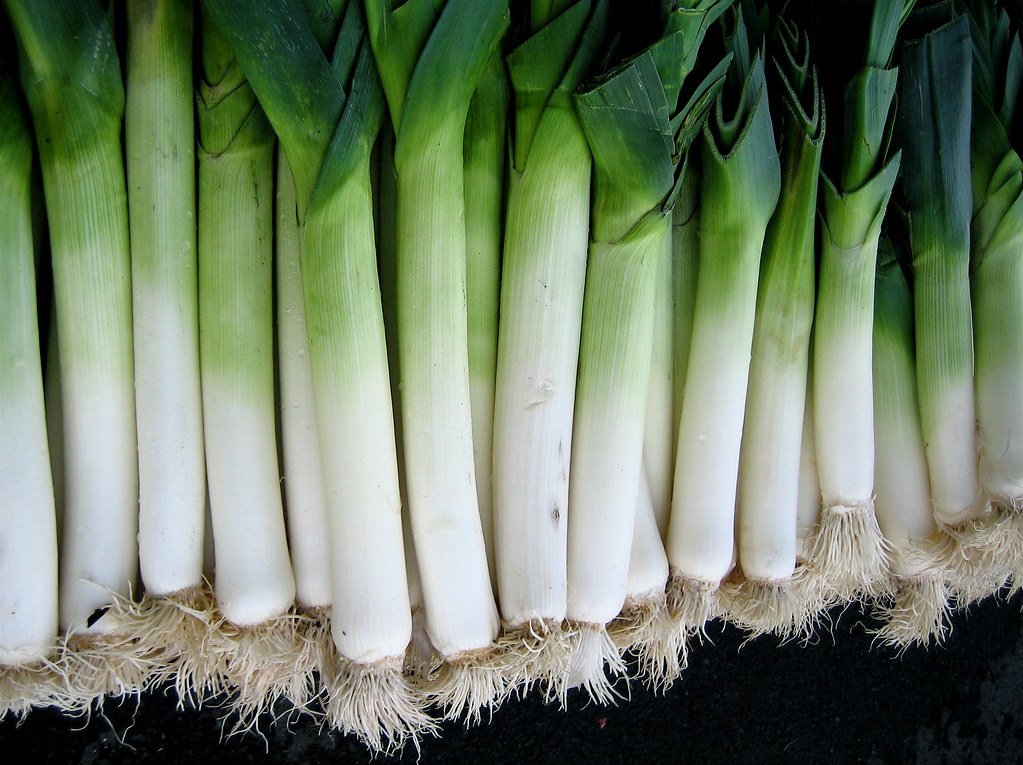
3. Leeks
Unique Characteristics
Leeks are a member of the onion family but have a milder, sweeter flavor. Their delicate taste is reminiscent of garlic, making them an excellent substitute in various dishes. The tender white and light green parts of leeks are typically used in cooking, while the dark green tops can be reserved for stocks and broths.
Leeks add a subtle depth to dishes, and their texture can provide a pleasing chew. When cooked, they become tender and sweet, enhancing the overall flavor profile without overwhelming other ingredients.
Preparation Tips
To prepare leeks, it is essential to clean them thoroughly, as dirt can accumulate between their layers. Slice them lengthwise and rinse under cold water to remove any grit. Leeks can be chopped and sautéed, roasted, or incorporated into soups and stews, where their flavor can shine.
They work well in creamy dishes such as potato-leek soup, where their sweetness balances with the richness of cream. Leeks can also be used in quiches and tarts, providing a sophisticated flavor twist that replaces garlic without overpowering the dish.
4. Chives
Flavor and Aroma
Chives are a mild herb with a delicate onion-like flavor, making them a fantastic substitute for garlic in fresh applications. Their subtle taste allows them to enhance dishes without being too assertive. Chives can be used fresh or dried, but fresh chives offer the best flavor and texture.
In addition to their flavor, chives have a vibrant green color that can brighten up any dish, adding a visual appeal that complements their taste. They are particularly valued in culinary presentations, where aesthetics are just as important as flavor.
Incorporating into Dishes
Chives can be finely chopped and sprinkled over salads, soups, and baked potatoes, providing a fresh burst of flavor. They can also be blended into cream cheese spreads or used as a garnish for seafood dishes, where their mildness complements rather than overpowers the main ingredient.
For a more robust flavor, incorporate chives into compound butters, where they can infuse their essence into meats and vegetables. Their versatility makes them a worthy addition to any cook’s repertoire, especially for those looking to create garlic-free dishes.
5. Fennel
Sweet and Anise-Like Flavor
Fennel has a distinct flavor profile that combines sweet and anise-like notes, providing a unique twist in place of garlic. Its bulb, fronds, and seeds can all be utilized in cooking, each offering varied intensities of flavor. When cooked, fennel sweetens and softens, creating a delicious addition to many savory dishes.
Fennel’s taste is quite different from garlic, but its aromatic qualities can enhance dishes such as risottos and pastas. It also pairs exceptionally well with fish and seafood, bringing out the natural flavors of these proteins while providing a fragrant background.
Culinary Applications
Fennel can be thinly sliced and added to salads for a fresh crunch or roasted to bring out its sweetness. It can also be braised with other vegetables, creating a rich, comforting side dish. Additionally, fennel seeds can be used as a spice to season meats and enhance sauces, adding depth and warmth.
For a creative twist, fennel can be used in soups and stews, where its flavor melds with other ingredients, providing a subtle aromatic quality akin to garlic without replicating its pungency.
6. Asafoetida (Hing)
Understanding Asafoetida
Asafoetida, commonly known as hing, is a potent spice derived from the resin of Ferula plants. It has a pungent aroma, often compared to garlic or onion, making it an intriguing substitute in cooking. When cooked, it transforms into a milder flavor that can beautifully replicate the essence of garlic in various dishes.
Asafoetida is particularly popular in Indian cuisine, where it is used in vegetarian dishes to impart a savory depth. Its unique flavor can enhance lentil dishes, curries, and vegetable preparations, making it indispensable in certain regional cooking styles.
Usage in Dishes
To use asafoetida, it is typically added to hot oil at the beginning of cooking, allowing its flavor to bloom before adding other ingredients. Start with a small amount and adjust to your taste. It can be a fantastic addition to dal (lentil soup) and vegetable stir-fries, providing a garlicky essence without the need for actual garlic.
For those looking to avoid garlic for health reasons, asafoetida offers a flavorful alternative that can seamlessly replace garlic in many traditional recipes, enriching them while keeping them compliant with dietary restrictions.
7. Garlic-Infused Oils
Creating Flavor Without Garlic
Using garlic-infused oil is an excellent way to capture the essence of garlic without including the actual cloves. This method is particularly beneficial for those with garlic sensitivities or allergies, as it allows the infusion of flavor without the adverse effects associated with raw or cooked garlic.
Garlic-infused oils can be made at home by gently heating oil with crushed garlic cloves, allowing the flavor to permeate the oil while removing the garlic itself before using. This oil can then be used in salad dressings, marinades, and as a finishing oil for various dishes, providing a subtle garlic flavor.
Applications in Recipes
Garlic-infused oil can enhance pasta dishes, sautéed vegetables, and grilled meats, offering a hint of garlic flavor without overwhelming the palate. It can also be drizzled over pizzas or used as a base for dipping sauces, making it a versatile ingredient in the kitchen.
When using garlic-infused oil, it’s essential to be mindful of the oil’s potency; a little often goes a long way. This allows cooks to experiment with flavors while catering to those who may prefer milder alternatives to raw garlic.
8. Ginger
Choosing amazing foods allows for an exploration of flavors that can cater to diverse palates and dietary needs.
These amazing foods can help redefine your approach to cooking, making it both enjoyable and adaptable for everyone’s tastes.
By incorporating amazing foods into your meals, you can enjoy a rich culinary adventure while avoiding garlic.
Spicy and Warming Notes
Ginger is known for its spicy, warming flavor, which offers a unique alternative to garlic. While it does not mimic garlic’s taste, its aromatic qualities can add depth and brightness to dishes, enhancing their overall flavor. Ginger’s heat can be particularly appealing in Asian and Indian cuisines, where it pairs well with a variety of ingredients.
Fresh ginger, with its crisp texture and aromatic oils, can liven up sauces, marinades, and stir-fries, making it an exciting substitute for garlic. Its zestiness contributes to a pleasing contrast in many recipes, bringing balance to rich or savory dishes.
Pairs Well With
Ginger is incredibly versatile, complementing meats, seafood, and vegetables alike. It can be used in marinades for chicken and fish, lending a bright, spicy kick. In vegetable dishes, ginger can enhance the flavor of stir-fried greens, soups, and stews, providing warmth without the need for garlic.
By making use of amazing foods, you can maintain the delicious essence of your favorite dishes while being mindful of dietary choices.
Exploring amazing foods in your cooking can lead to healthier meals that are just as flavorful, if not more so, than traditional recipes.
In addition to savory dishes, ginger can also be incorporated into dressings for salads and drizzled over roasted vegetables, where its spiciness can act as a counterbalance to sweetness. As such, ginger can diversify a cook’s toolkit when looking to create flavorful, garlic-free meals.
Conclusion
In conclusion, there are numerous alternatives to garlic that can enhance flavors in cooking without compromising taste. Whether using shallots, onions, leeks, chives, fennel, asafoetida, garlic-infused oils, or ginger, each substitute brings unique characteristics to the table. Understanding these options allows cooks to explore new flavors and adapt recipes to accommodate dietary restrictions or personal preferences.
By incorporating these substitutes, one can preserve the richness and complexity that garlic typically offers, thereby unlocking a realm of culinary creativity. Embracing these alternatives not only enriches the dining experience but also ensures that everyone can enjoy flavorful meals, regardless of their relationship with garlic.
FAQs
Can I use garlic powder as a substitute for fresh garlic?
Yes, garlic powder can be used as a substitute in recipes. However, the flavor will be milder, and the texture will differ since it’s a dry ingredient. Use about 1/8 teaspoon of garlic powder for each clove of fresh garlic.
Are there any garlic substitutes for people with allergies?
Yes, options such as shallots, chives, and asafoetida are excellent substitutes that can provide similar flavors without the use of garlic, making them suitable for people with garlic allergies.
How can I make garlic-infused oil at home?
To make garlic-infused oil, gently heat your choice of oil in a pan and add crushed garlic cloves. Allow it to simmer for 10-15 minutes on low heat, then strain out the garlic. Store the infused oil in a cool, dark place.
What is the best substitute for garlic in Italian cuisine?
Shallots and garlic-infused oils are ideal substitutes for garlic in Italian dishes, as they can replicate the depth of flavor that garlic typically brings to sauces and pastas.
Can I use ginger in savory dishes that usually call for garlic?
Absolutely! Ginger can add a unique flavor to savory dishes, providing warmth and spice in place of garlic, particularly in Asian and Indian recipes.
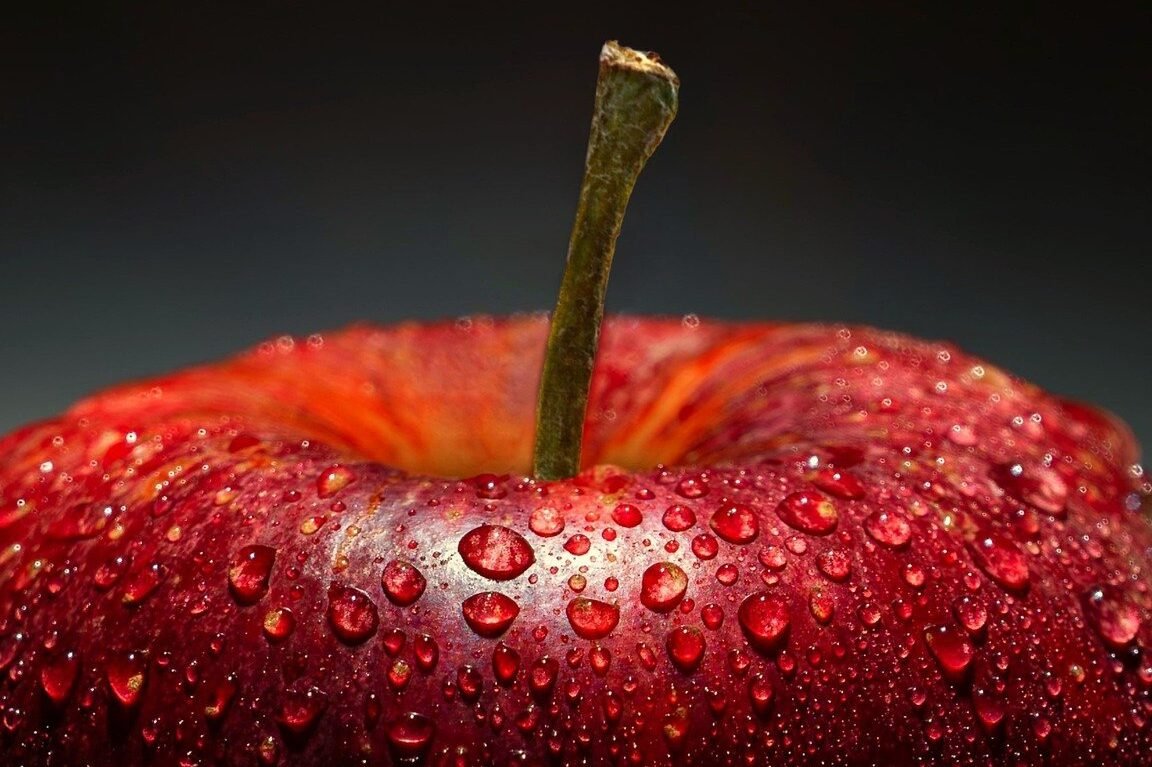



2 Comments
Pingback:
Pingback: